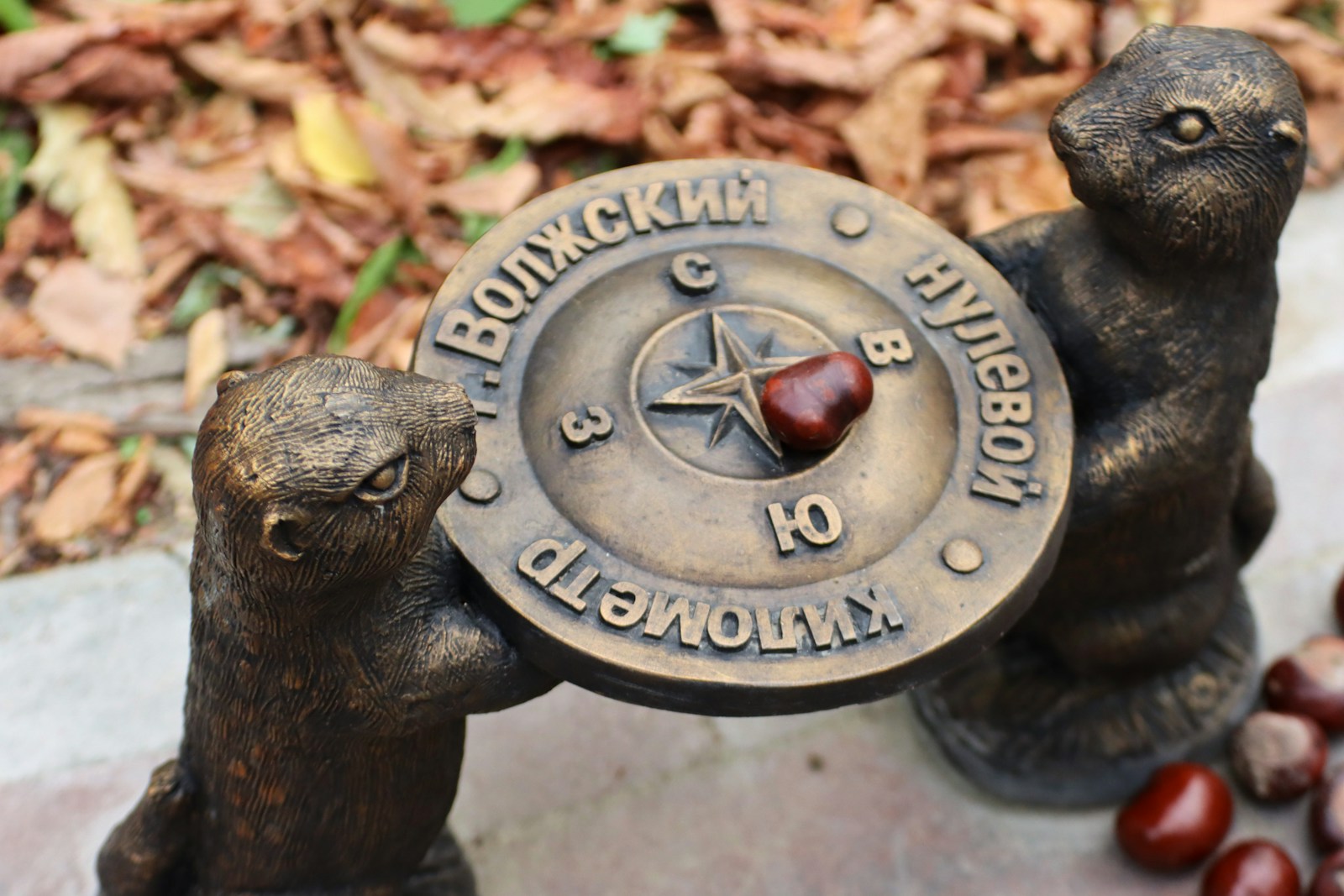
hocico

snout
The word 'hocico' is a Spanish word that refers to the part of an animal's head that is projecting forward and includes the jaws, mouth, and nose. It is typically associated with mammals, especially those that have a relatively long and pointed shape such as dogs, pigs, or horses. In English, the term used to describe this is 'snout'. The use of this word can extend to describe human noses in a pejorative or playful way. Just like its English counterpart, 'hocico' can also be used metaphorically to indicate the protruding part of anything.
Example sentences using: hocico
El león abrió su hocico para rugir.

The lion opened his snout to roar.
This sentence depicts a lion's action, revealing its typically ferocious nature.
El hocico de mi perro está seco.

My dog's snout is dry.
This sentence might refer to the condition of a dog's snout, often seen in relation to the dog's health.
Me gusta el color del hocico de ese cerdo.

I like the color of that pig's snout.
This sentence is discussing the physical appearance of a pig, possibly in a farming or animal caretaking context.
El gato tiene un hocico pequeño y rosado.

The cat has a small and pink snout.
The speaker in this sentence is likely observing the physical characteristics of a cat.
Cuando el elefante levantó su hocico, pude ver sus dientes grandes.

When the elephant lifted its snout, I could see its large teeth.
This sentence possibly describes a scene from a safari or a visit to a zoo.
El cocodrilo tiene un hocico largo y angosto.

The crocodile has a long and narrow snout.
This phrase can be used in educating about diverse physical traits of animals; in this case, a crocodile.
El lobo olfateó el aire con su hocico.

The wolf sniffed the air with its snout.
It's a phrase that describes how wolves or canines use their snout to perceive their environment.
En la selva, la serpiente de hocico de cerdo es común.

In the jungle, the hog-nosed snake is common.
This phrase informs about a specific species of snake that is common in the jungle.
La jirafa tiene un hocico cubierto de pelo suave.

The giraffe has a snout covered in soft hair.
A phrase that depicts the physical trait of a giraffe's snout, focusing on its covering of soft hair.
No metas tu hocico donde no te llaman.

Don't stick your snout where it doesn't belong.
This is a Spanish idiomatic expression which means to mind one's own business and not to interfere in things that aren't one's concern.